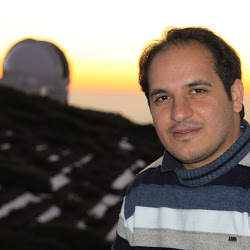Astrophysics & Cosmology
Astrophysics is a branch of space science that applies the laws of physics and chemistry to explain the birth, life and death of stars, planets, galaxies, nebulae and other objects in the universe. It has two sibling sciences, astronomy and cosmology, and the lines between them blur. In the most rigid sense: – Astronomy measures positions, Luminosities, motions and other characteristics – Astrophysics creates physical theories of small to medium-size structures in the universe – Cosmology does this for the largest structures, and the universe as a whole In practice, the three professions form a tight-knit family. Ask for the position of a nebula or what kind of light it emits, and the astronomer might answer first. Ask what the nebula is made of and how it formed and the astrophysicist will pipe up. Ask how the data fit with the formation of the universe, and the cosmologist would probably jump in. But watch out — for any of these questions, two or three may start talking at once!










